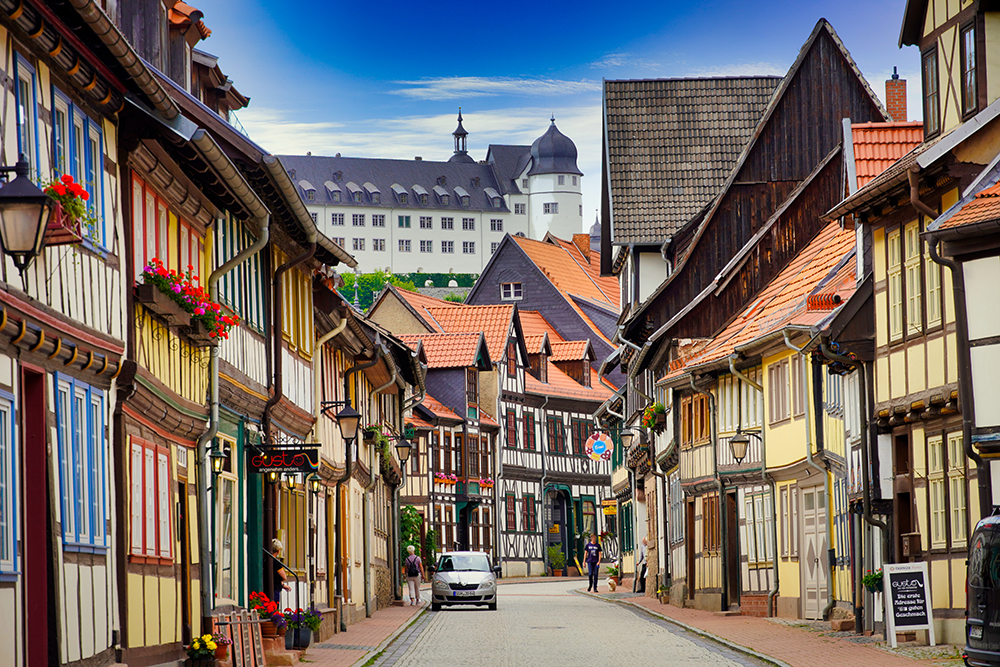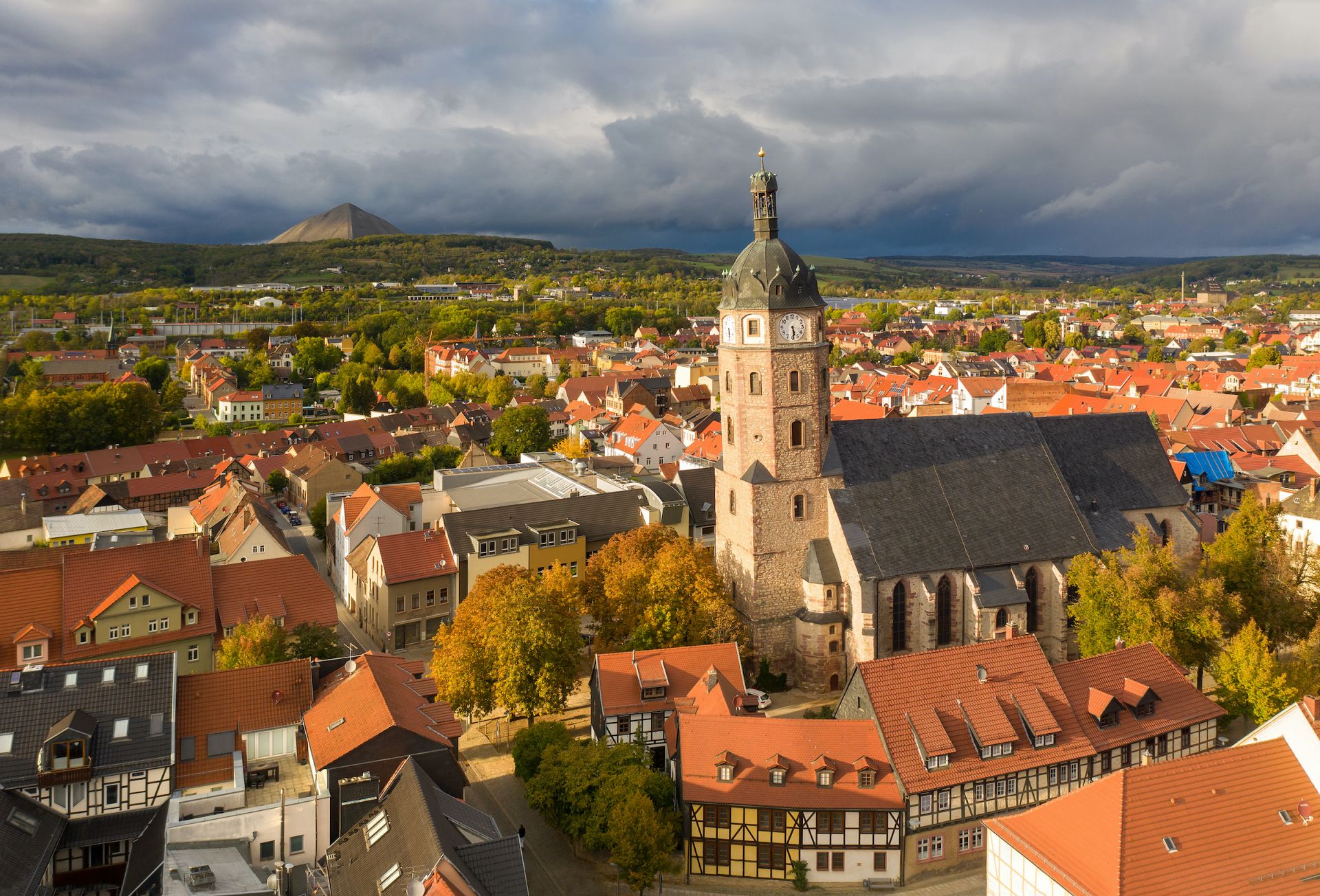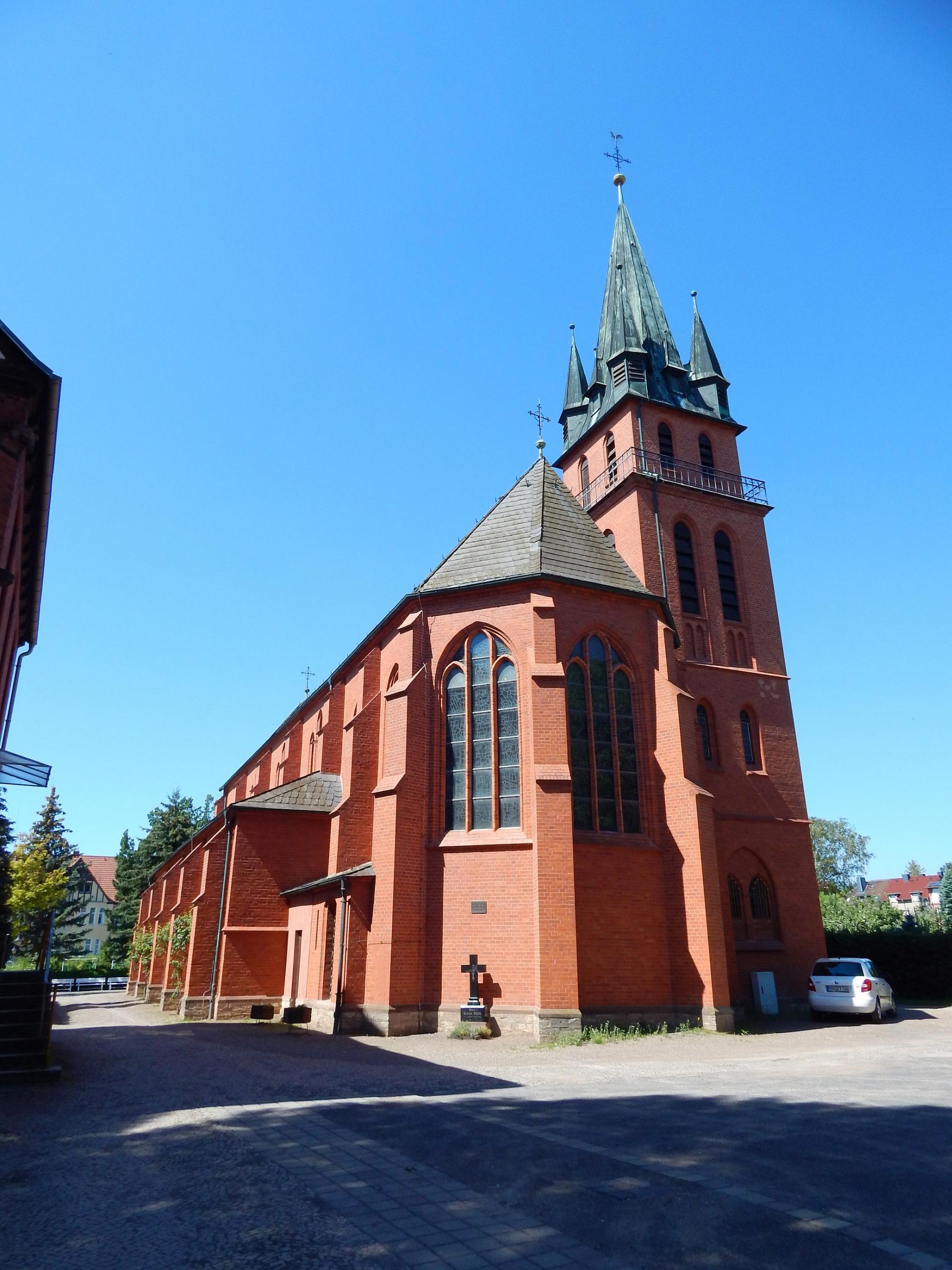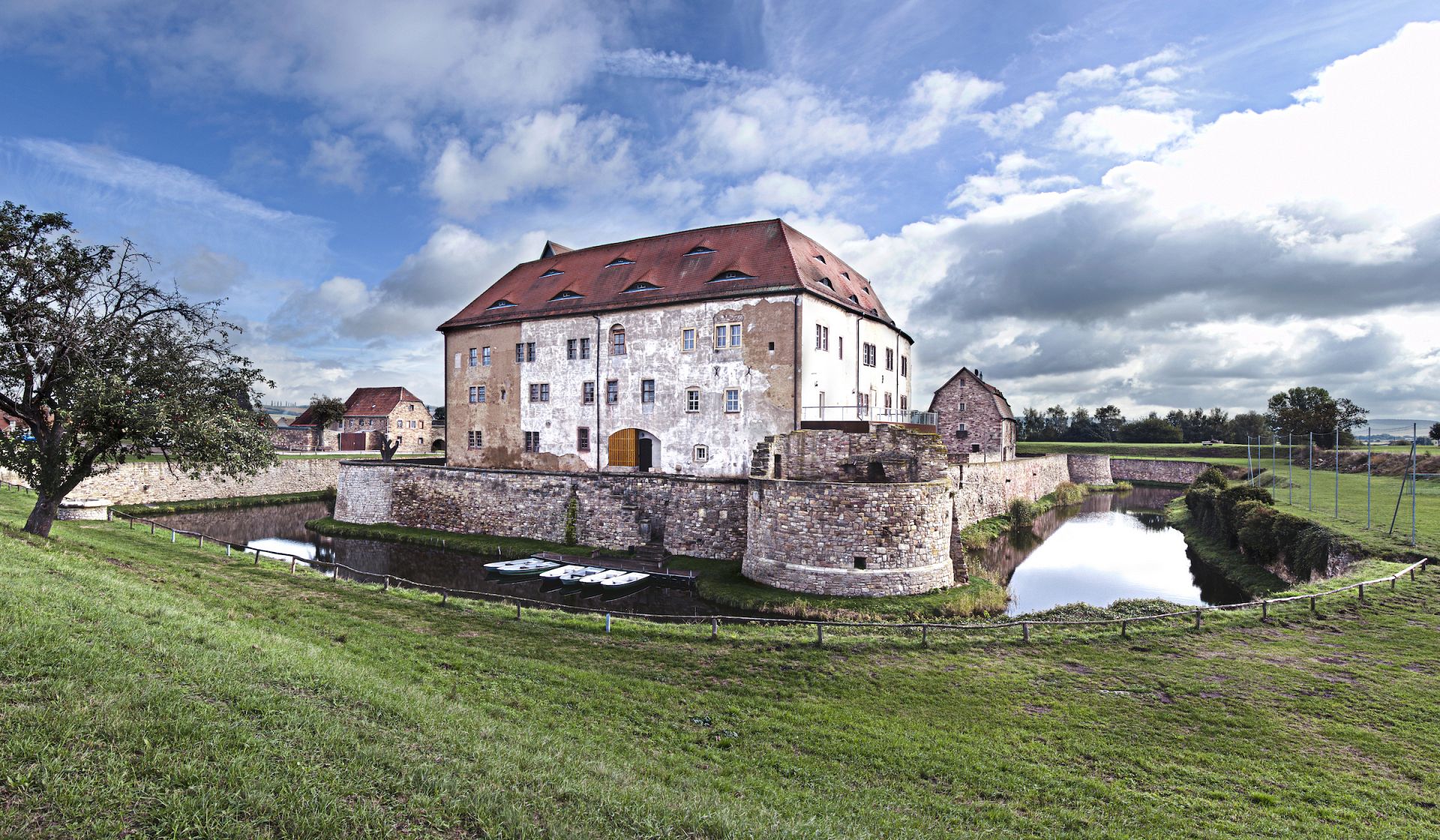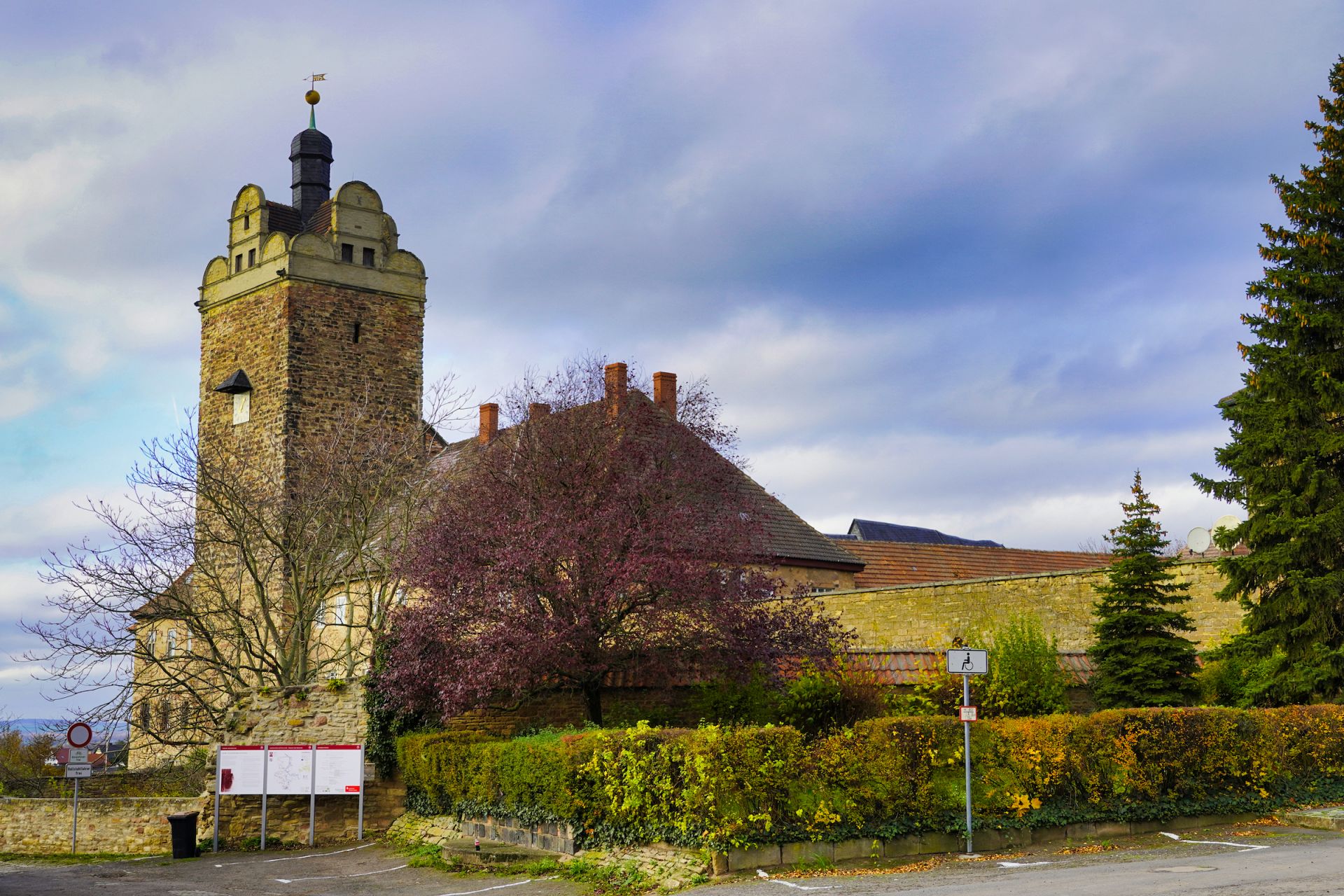Stolberg Castle - the Cradle of the Orange
The Dutch royal family is closely linked to the history of northern and central Germany. It has its origins in the southern Harz, at Stolberg Castle. For it was here that Juliana of Stolberg and Wernigerode was born in 1506. She spent the first 13 years of her life in the count's castle. She is the mother of William of Orange and is still revered today as the ancestress of the Orange. A visit to Stolberg Castle high above the medieval half-timbered town is a must for anyone following the Orange Route across Germany and the Netherlands.
From the beginning of the 13th century until 1945, the castle was the seat of the Counts and Princes of Stolberg. Over the centuries, the originally medieval castle complex was transformed into a palace with wings in the Renaissance and Baroque styles. Karl Friedrich Schinkel also left his mark: The neoclassical Great Reception Room and the Red Salon were created according to his designs. From 1951, the palace served as a recreation home for the teachers' union in the former GDR. After the political turnaround, the building came into the possession of the Deutsche Stiftung Denkmalschutz (German Foundation for the Protection of Monuments) in 2002, which has been carefully renovating and restoring it ever since.
In the meantime, some parts are open to the public again, such as the castle chapel, part of the princely wing with the "Haus des Gastes" (House of Guests) and the south wing. The palace gardens are a special highlight. Here you will find baroque and modern terrace gardens along the castle hill as well as a forest park with a deer avenue and a deer monument. These are part of the Garden Dreams - Historical Parks in Saxony-Anhalt.

